A visit to the monumental remains of Villa Adriana, a few kilometres from Rome, will offer us the opportunity to experience the history and culture of the place, and to contemplate enchanting landscapes. The Roman Villa and Thermal Baths in Tivoli are among the most important archaeological sites in the world, declared UNESCO World Heritage Site in 1999.
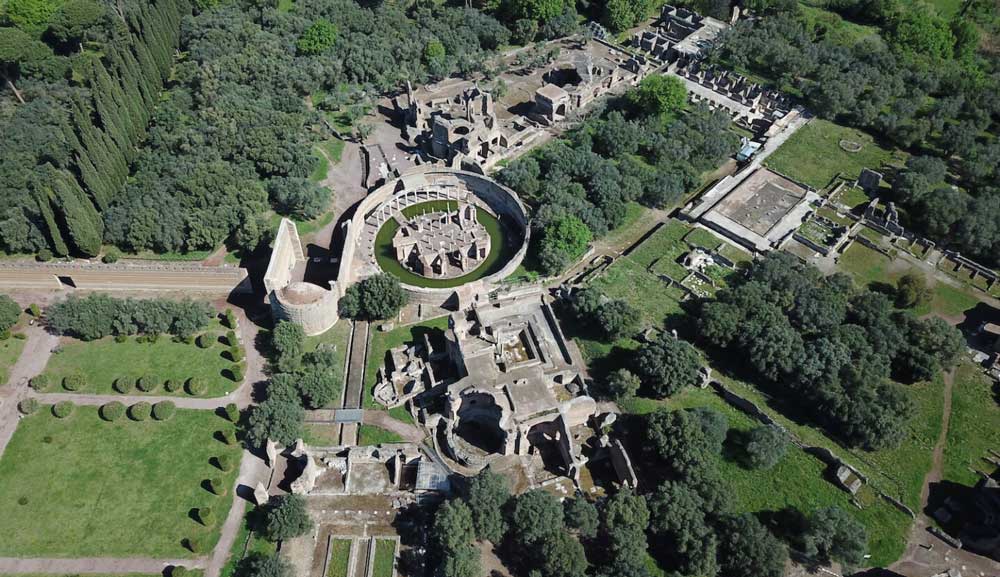
Of course, we can only imagine the grandeur of this residence, which even overcame the extension of Pompeii. The Villa was built between 118 and 138 AD. by the Emperor Adriano, as a recollection of the places and monuments he had been fascinated by, during his travels throughout the Provinces of the Empire.
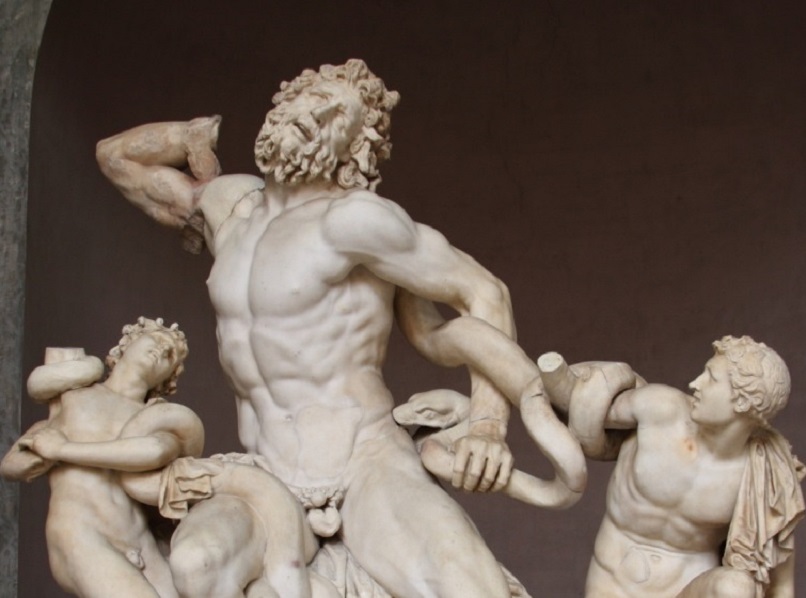
Hemicycle of the Canopus
Adriano’s complex personality made him alternate military commitments with the Roman otium, once at home. His Empire was probably one of the most peaceful and splendid. Philosopher, musician, architect, aesthete and refined lover of the Greek culture, Adriano carried out majestic works, such as the erection of a Mausoleum within the Fortress of Castel Sant’Angelo, the reconstruction of the Pantheon, and the building of the Vallo, a 117 km fortification which defended the Roman Province of Britannia.
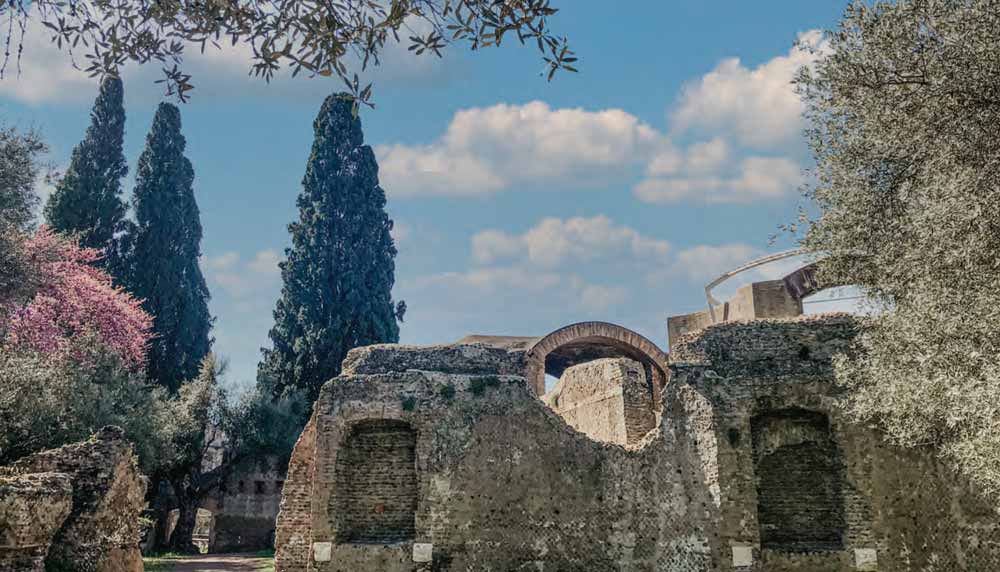
Immersed in the green, watery area of Tivoli (the ancient Tibur), Villa Adriana preserves residential buildings, the “Grandi Terme”, nymphaea, pavilions, gardens, mosaics and statues, exhibited in the Antiquarium. Other sculptures can be admired in the Capitoline and Vatican Museums, as well as in other European ones.
The Emperor Adriano spent his free time at the Grandi Terme by his residence and in the Teatro Marittimo, located on a small island connected to the mainland by two wooden revolving bridges. Worth a visit, the Cento Camerelle (hundred small chambers), which could host a thousand people.
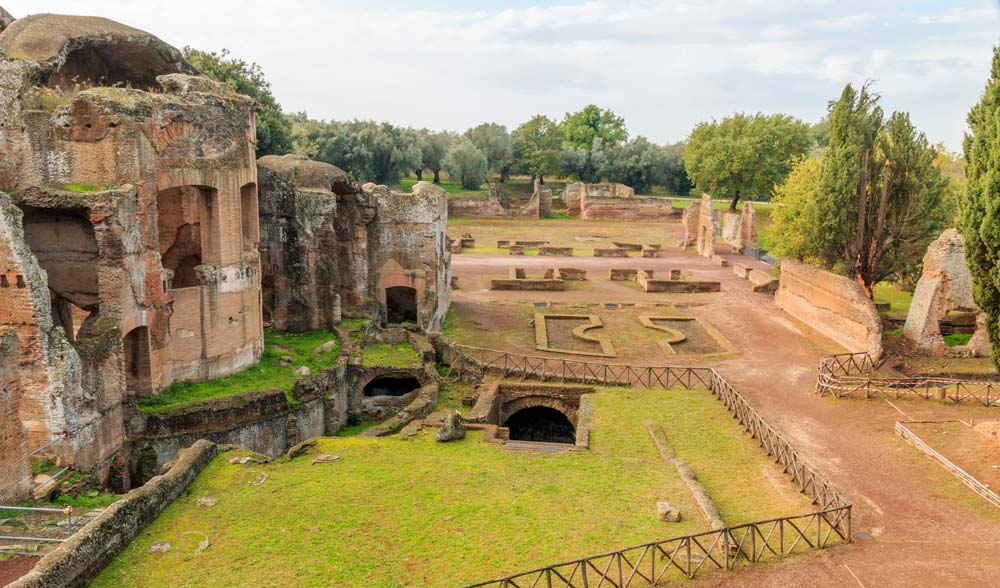
Through an accessible itinerary equipped with touch panels in Braille in Italian and English, we reach the “Piccole Terme”, where the Emperor welcomed his visitors, one of the most luxurious buildings, rich in architectural ornaments and marble decorations. The Hospitalia, on the other hand, were intended for the middle-ranking personnel following the court. Here we can still admire the floors with their black and white mosaic tiles forming geometric and floral patterns.
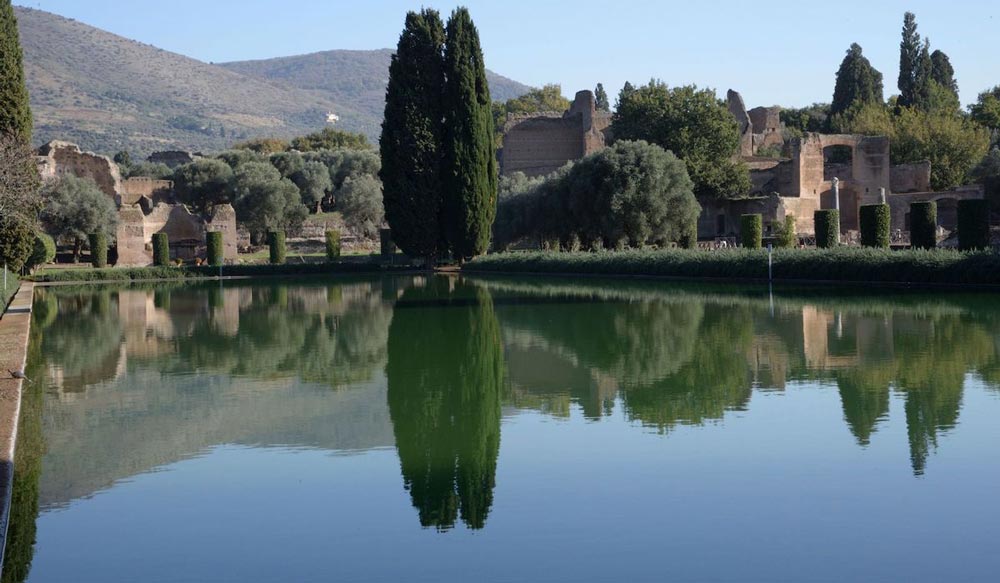
Pecile
Villa Adriana is the largest Roman Villa belonging to an emperor and, even today, a witness of the past glories and the extraordinary skill achieved by the Ancient Roman architects.
